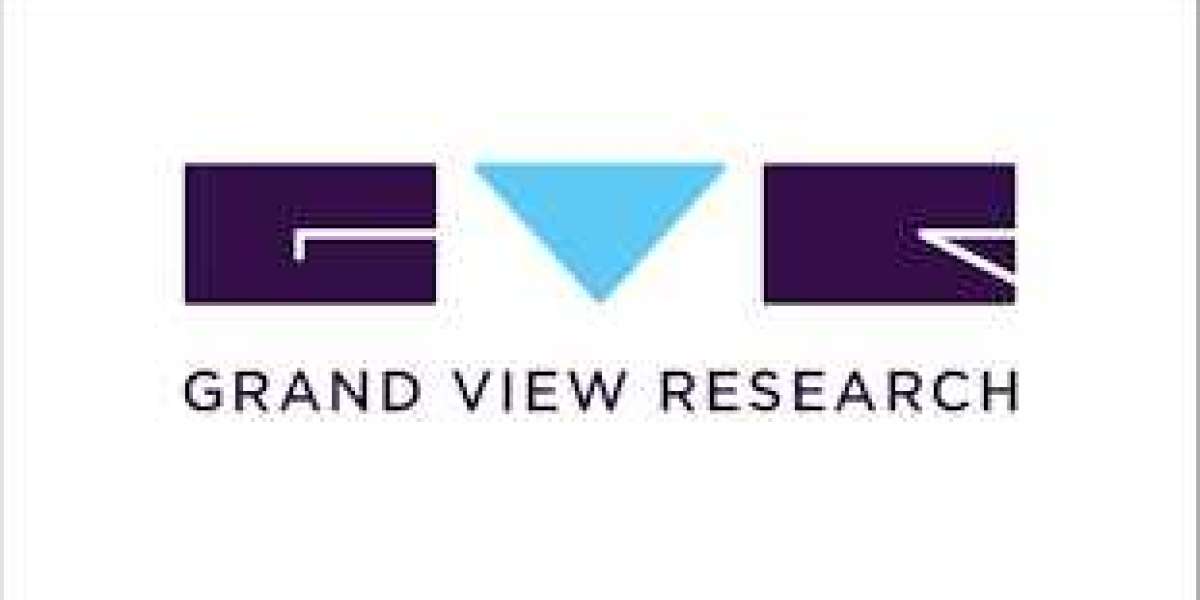The global food colors market was valued at USD 3.13 billion in 2023 and is expected to experience a compound annual growth rate (CAGR) of 6.5% from 2024 to 2030. Several factors contribute to this growth, including the increasing focus on the visual appeal of food and beverages. Consumers are increasingly drawn to food products that are vibrant and visually attractive, as these are perceived to be of higher quality and are more likely to be purchased. As food and beverage manufacturers continue to innovate and cater to consumer preferences for aesthetic appeal, food colors have become an essential component in product development.
Key Drivers of Growth
- Visual Appeal and Consumer Perception: The primary driver of the food colors market is the growing importance of aesthetics in food products. Vibrant colors enhance the appeal of food and beverages, leading to a more attractive product. This appeal increases consumer perception of value and quality, making it more likely for consumers to purchase these visually appealing items over others. For example, brightly colored candies, beverages, or packaged foods are perceived as fresh and high-quality, which can significantly boost sales.
- Increasing Adoption of Natural Food Colors: As consumers become more health-conscious and increasingly aware of the potential health risks associated with artificial additives, there has been a significant shift towards natural and organic food colors. This trend is not only driven by health concerns but also by the growing demand for clean-label products, where transparency in ingredients is a priority. Manufacturers are responding by incorporating natural alternatives like beet juice, spirulina, and turmeric into their formulations to replace artificial colors.
- Regulatory Influence: Regulations play a significant role in shaping the food colors market. In many regions, governments and regulatory bodies are tightening rules concerning the use of artificial colors in food products, especially as consumers become more concerned about food safety. This has led to a rising demand for natural food colors, especially in regions such as Europe, where stricter regulations are in place.
- RD for Alternative Solutions: Concerns about the sustainability and safety of certain food colors, such as carmine (derived from cochineal insects), are prompting manufacturers to seek alternatives. The fluctuating prices of carmine and ethical concerns about using insect-derived products are pushing companies to innovate. For instance, LycoRed has developed Lyc-O-Beta, an orange color derived from the fermentation of the Blakeslea trispora fungus, while Oterra is pursuing similar biotechnological approaches. These innovations are expected to play a key role in shaping the future of the food colors market, providing more sustainable and cost-effective solutions.
Market Challenges
- High Switching Costs: The food colors market faces a moderate entry barrier for new players, primarily due to the established portfolios and extensive distribution networks of existing market leaders. Buyers face high switching costs, which make it challenging for new entrants to capture significant market share. Established players have long-standing relationships with manufacturers and a wide range of color solutions, making it difficult for newcomers to offer competitive alternatives without significant investment and innovation.
- Ethical and Health Concerns: As mentioned, there is growing consumer scrutiny regarding certain artificial food colors. Natural food colors are increasingly seen as healthier alternatives, and as such, the market for synthetic food colors may face challenges in the future. This is particularly true in regions where consumers are becoming more aware of the potential links between artificial food colors and health risks, including hyperactivity in children and allergic reactions.
Gather more insights about the market drivers, restrains and growth of the Food Colors Market
Regional Insights
Europe:
Europe accounted for approximately 32% of the global food colors market share in 2023. The region has a robust bakery and confectionery industry, which is a significant driver of demand for food colors. European consumers have shown a preference for aesthetically pleasing food products, which has bolstered the demand for food coloring solutions. Additionally, stringent regulations regarding the use of artificial colors have encouraged manufacturers to focus on natural alternatives, thus driving the growth of the natural food color market in the region. The shift towards clean-label products, alongside the growing preference for sustainable ingredients, continues to fuel the market for food colors in Europe.
North America:
In North America, the food colors market has been experiencing growth, primarily driven by the popularity of processed and packaged food products. These products often require food colors to enhance their visual appeal, as the natural color may diminish or change during processing. The increasing consumer demand for convenience foods, such as ready-to-eat meals and snacks, has significantly impacted the market for food colors. As the preference for processed foods continues to rise, so does the demand for food colors to improve the appearance and visual attractiveness of these products.
Asia Pacific:
Asia Pacific is projected to see the highest growth rate in the food colors market, with a projected CAGR of 7.3% from 2024 to 2030. This region is exhibiting high adoption rates for nature-identical products due to their uniform color properties and relatively lower cost compared to natural food colors. Additionally, the increasing consumption of both alcoholic and non-alcoholic beverages in countries like China, Japan, and South Korea is driving demand for food colors. These products are often used to create eye-catching beverages that appeal to younger consumers, particularly in the soft drink and alcoholic beverage sectors. As disposable income rises across the region, consumers are also becoming more willing to spend on premium food and beverages, further driving the growth of the food colors market.
India:
India is expected to experience rapid growth in the food colors market, with a projected CAGR of over 7% from 2024 to 2030. The growing demand for natural food colors in the country is encouraging market players to innovate and introduce new products. For instance, in September 2021, Divis Nutraceuticals, a leading provider of nutraceuticals in India, launched CaroNat, a natural food ingredient derived from concentrated carrot juice, which imparts a deep yellow-to-orange color. This product is suitable for a variety of applications, including beverages, frozen desserts, and cakes. The growing middle class and increasing awareness of the health benefits of natural food ingredients are major factors contributing to the rising demand for natural food colors in India.
Conclusion
The global food colors market is poised for steady growth, driven by consumer demand for visually appealing, healthier, and cleaner-label products. The shift towards natural and sustainable food colors, combined with innovation in color production through biotechnology and fermentation, is expected to shape the market’s future. As consumer preferences evolve and regulations tighten, manufacturers will need to adapt to meet these demands and stay competitive in the evolving food colors landscape. The growth of the market will be particularly pronounced in regions such as Asia Pacific and India, where rising disposable income and demand for processed food products are significant drivers.
Browse through Grand View Research's Category Consumer FB Industry Research Reports.
- The global ginger beer market size was estimated at USD 5.48 billion in 2024 and is expected to grow at a CAGR of 6.9% from 2025 to 2030.
- The global concentrated milk fat market size was valued at USD 5.37 billion in 2024 and is expected to grow at a CAGR of 6.4% from 2025 to 2030.
Key Food Colors Companies:
The following are the leading companies in the food colors market. These companies collectively hold the largest market share and dictate industry trends. Financials, strategy maps products of these food colors companies are analyzed to map the supply network.
- BASF
- Cargill
- Oterra
- Danisco
- DD Williamson
- DSM
- GNT Group
- Lycored Ltd.
- Naturex
- SAN-EI GEN F.F.I. INC
Order a free sample PDF of the Market Intelligence Study, published by Grand View Research.








